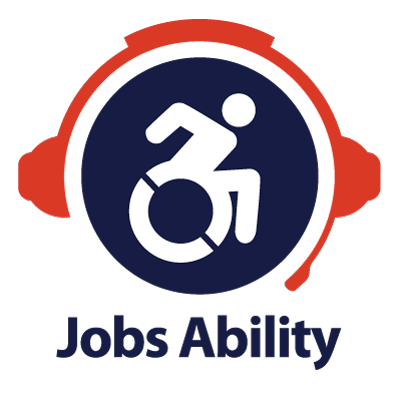The Research Foundation for SUNY Job Posting
February 9, 2017Patrice & Associates Job Posting
February 16, 2017The Department of Civil Service recently announced the upcoming holding of the Professional Career Opportunities (PCO) exam and would like to enlist your assistance to promote this exciting initiative. This year, we are pleased to announce that the PCO exam will be expanded to college juniors for the first time, including approximately 80,000 SUNY and CUNY juniors pursuing bachelor’s degrees.
In addition, this will be the first year that the PCO exam will be held at SUNY Albany, SUNY Old Westbury and Bronx Community College, among other locations throughout the State, to complement the Department’s larger strategic recruitment efforts to expand testing venues and reach a diverse pool of candidates.
The PCO exam offers individuals who have a bachelor’s degree or those who expect to receive a bachelor’s degree by September 1, 2018, with an opportunity to compete for a wide array of entry-level professional positions in various State agencies with New York State government. The PCO exam fills more than 100 professional job titles with New York State in fields such as environmental conservation, human resources and training, transportation, budgeting, health and human services, administrative analysis, natural and physical sciences, accounting and auditing.
You may be interested to know that this exam represents an opportunity for individuals with diverse backgrounds or experience in applying principals of diversity, inclusion and equal opportunity for all, to be hired into positions for which this experience is desirable.
There are a few important dates we would like to highlight:
Application Deadline: February 22, 2017
Written Test Date: Saturday, April 8, 2017 OR
Sunday, April 9, 2017 OR
Saturday, April 15, 2017
For more information on the minimum qualifications, subject of the examination, application fee, positions, how to apply, and more, please see the examination announcement at http://www.cs.ny.gov/pco and the test guide at http://www.cs.ny.gov/testing/statetestguides.cfm.
